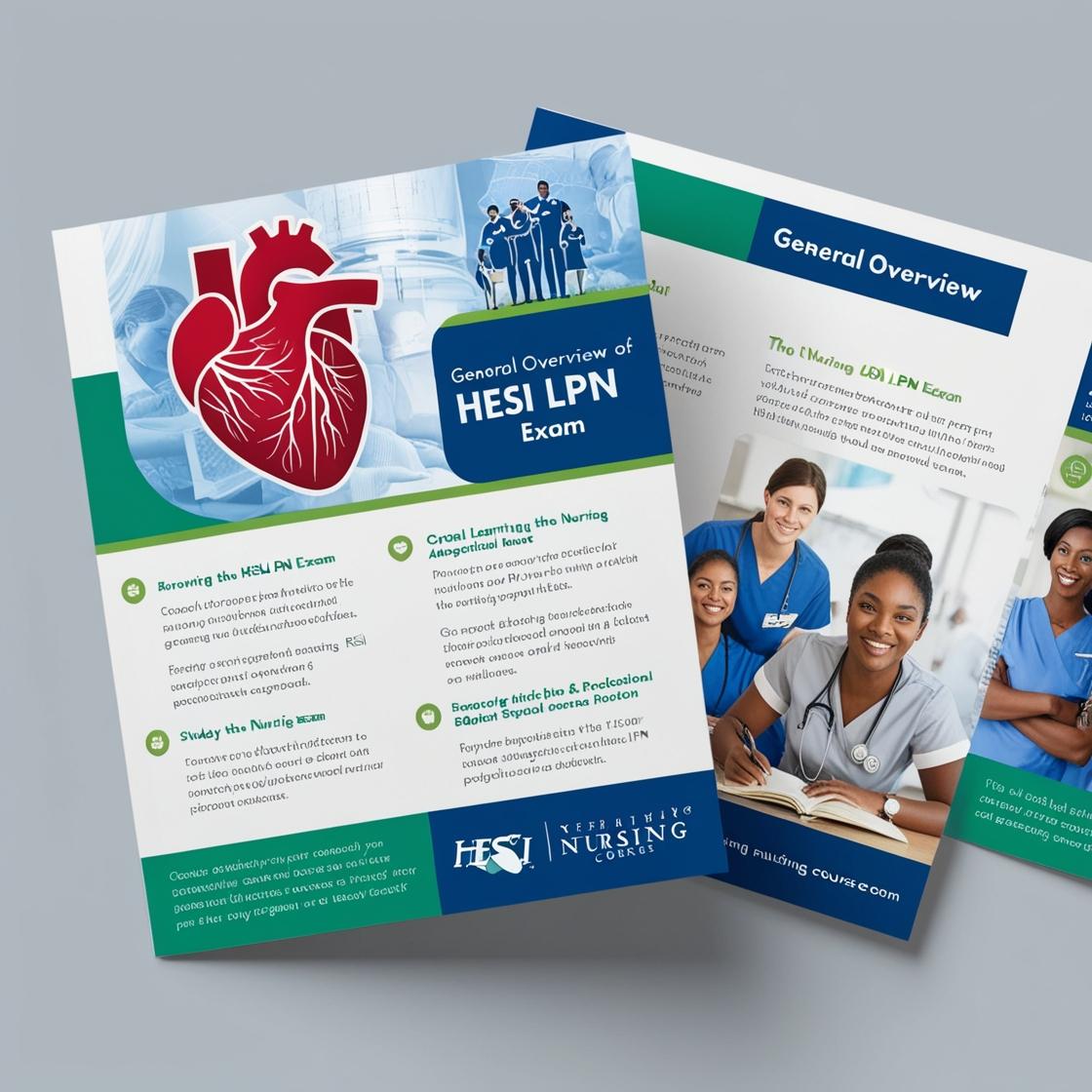HESI LPN
Maternity HESI Practice Questions
1. What information should the nurse include when teaching a client at 41 weeks of gestation about a non-stress test?
- A. This test will confirm fetal lung maturity.
- B. This test will determine the adequacy of placental perfusion.
- C. This test will detect fetal infection.
- D. This test will predict maternal readiness for labor.
Correct answer: B
Rationale: The correct answer is B: 'This test will determine the adequacy of placental perfusion.' The non-stress test is used to assess fetal well-being by monitoring the fetal heart rate in response to its own movements. It helps determine if the fetus is receiving enough oxygen and nutrients through placental perfusion. Choice A is incorrect because confirming fetal lung maturity is typically determined through tests like amniocentesis, not the non-stress test. Choice C is incorrect because detecting fetal infection is not the primary purpose of a non-stress test. Choice D is incorrect because predicting maternal readiness for labor is not the purpose of the non-stress test; it focuses on fetal well-being.
2. The nurse is caring for a multiparous client who is 8 centimeters dilated, 100% effaced, and the fetal head is at 0 station. The client is shivering and states extreme discomfort with the urge to bear down. Which intervention should the nurse implement?
- A. Administer IV pain medication
- B. Perform a vaginal exam
- C. Reposition to side-lying
- D. Encourage pushing with each contraction
Correct answer: C
Rationale: Repositioning the client to a side-lying position is the most appropriate intervention in this scenario. This position can help relieve pressure on the cervix and reduce the urge to push prematurely, allowing the cervix to continue dilating. Administering IV pain medication may not address the underlying cause of the discomfort, and pushing prematurely can lead to cervical trauma. Performing a vaginal exam is not necessary at this point as the client is already 8 centimeters dilated, and the fetal head is at 0 station.
3. A primigravida at 36 weeks gestation who is RH-negative experienced abdominal trauma in a motor vehicle collision. Which assessment finding is most important for the nurse to report to the healthcare provider?
- A. Fetal heart rate at 162 beats per minute
- B. Mild contractions every 10 minutes
- C. Trace of protein in the urine
- D. Positive fetal hemoglobin testing
Correct answer: D
Rationale: The correct answer is 'Positive fetal hemoglobin testing' (D). Positive fetal hemoglobin testing (Kleihauer-Betke test) indicates fetal-maternal hemorrhage, which is critical in an RH-negative mother due to the risk of isoimmunization. This condition can lead to sensitization of the mother's immune system against fetal blood cells, potentially causing hemolytic disease of the newborn in subsequent pregnancies. Reporting this finding promptly is crucial for appropriate management and interventions. Choices A, B, and C are not as critical in this scenario. While monitoring fetal heart rate and contractions is important, the detection of fetal-maternal hemorrhage takes precedence due to the serious implications it poses for the current and future pregnancies of an RH-negative mother.
4. Are sperm much larger than ova?
- A. TRUE
- B. FALSE
- C. Sometimes
- D. Always
Correct answer: B
Rationale: The correct answer is B: FALSE. Ova, also known as eggs, are actually the largest cells in the human body, while sperm are significantly smaller. This size difference is due to the different functions of the two gametes. Sperm are specialized for motility to reach and fertilize the egg, while ova contain nutrients and cellular machinery needed for fertilization and early embryonic development. Choices A, C, and D are incorrect because sperm are not larger than ova; they are much smaller in size.
5. According to a study in the year 2013 by Fellman, if a woman is a twin, if her mother was a twin, or if she has previously borne twins, then:
- A. she will bear only monozygotic (MZ) twins.
- B. the chances of her becoming pregnant decrease.
- C. she is likely to be a healthy mother.
- D. the chances rise that she will bear twins.
Correct answer: D
Rationale: According to the study, the chances of a woman bearing twins increase if she is a twin herself, if her mother was a twin, or if she has previously borne twins. Therefore, the correct answer is D. Choice A is incorrect because the study does not specify that she will bear only monozygotic twins. Choice B is incorrect as the study does not mention any decrease in the chances of becoming pregnant. Choice C is incorrect because the study does not provide information about the woman's health status, focusing instead on the likelihood of bearing twins.
Similar Questions

Access More Features
HESI LPN Basic
$69.99/ 30 days
- 50,000 Questions with answers
- All HESI courses Coverage
- 30 days access @ $69.99
HESI LPN Premium
$149.99/ 90 days
- 50,000 Questions with answers
- All HESI courses Coverage
- 30 days access @ $149.99
